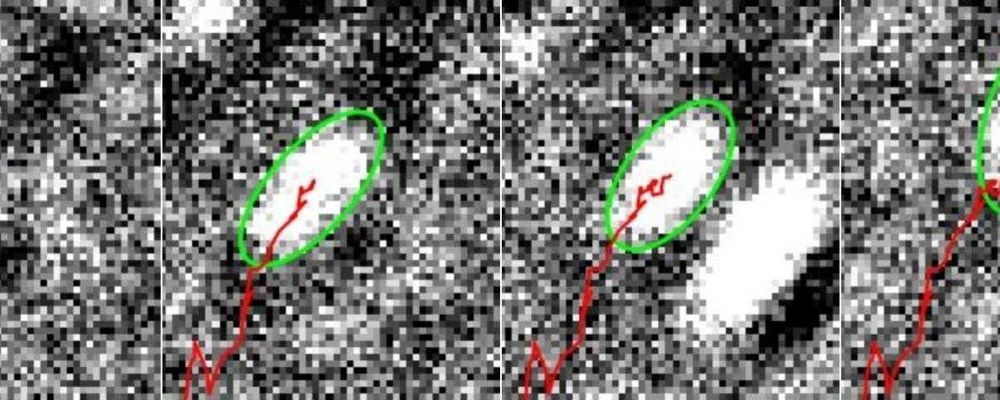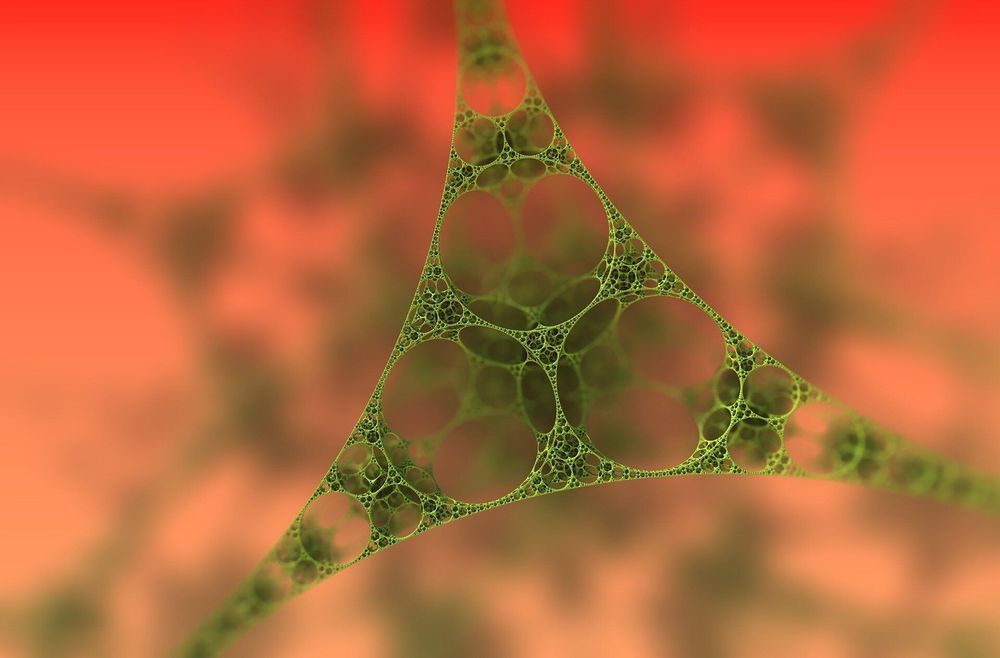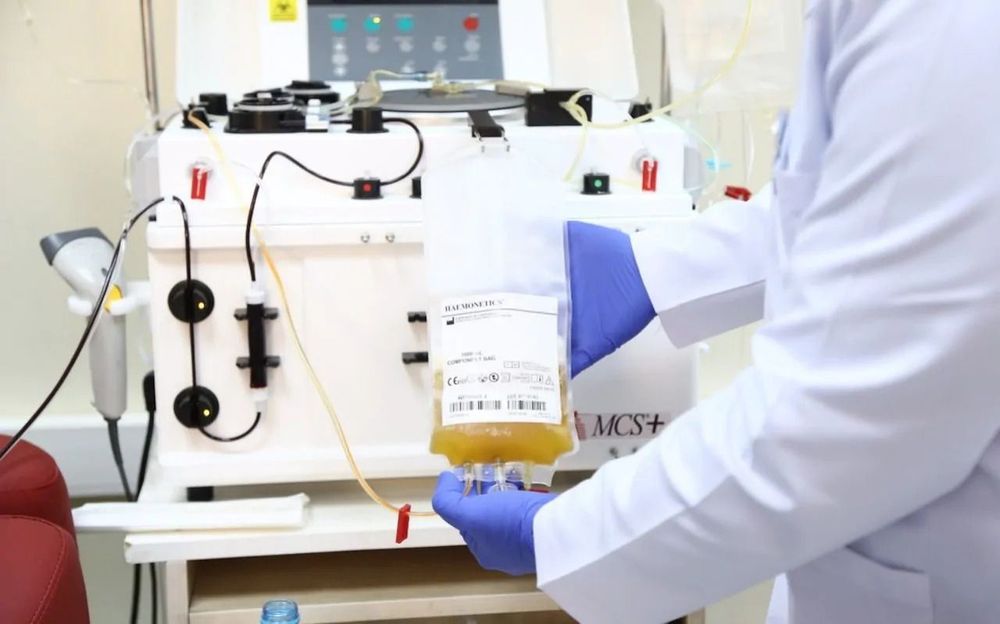Slated for human trials, EIDD-2801 could become the first pill for COVID-19.




The movements of cell muscles in the form of tiny filaments of proteins have been visualised at unprecedented detail by University of Warwick scientists.
In a study published in the Biophysical Journal, scientists from the University’s Department of Physics and Warwick Medical School have used a new microscopy technique to analyse the molecular motors inside cells that allow them to move and reshape themselves, potentially providing new insights that could inform the development of new smart materials.
Myosin is a protein that forms the motor filaments that give a cell stability and are involved in remodelling the actin cortex inside the cell. The actin cortex is much like the backbone of the cell and gives it its shape, while the myosin filaments are similar to muscles. By ‘flexing’, they enable the cell to exert forces outside of it and to propagate.

Scientists have developed a precise, nanotechnology-based treatment to alleviate the pain and fertility problems associated with endometriosis, a common gynecological condition in women of childbearing age.
Research led by Oleh Taratula of the Oregon State University College of Pharmacy and Ov Slayden of the Oregon National Primate Research Center at Oregon Health & Science University used photo-responsive nanoparticles loaded with dye to find and remove the lesions associated with the disorder.
Findings were published today in the journal Small.



Tesla will cut pay for all of its salaried employees and will furlough hourly workers until May 4, when it intends to resume production of electric cars, according to an internal e-mail that multiple employees shared with CNBC. The pay reductions are expected to be in place until the end of the second quarter.
Health orders, implemented to curb the spread of COVID-19, forced Elon Musk’s electric car company to wind down production at its main vehicle assembly plant in Fremont, California.
The new pay cuts follow Tesla’s first-quarter vehicle production and deliveries report, which pleased investors — the company said it delivered approximately 88,400 vehicles and produced 103,000 in Q1. Tesla has yet to withdraw guidance it gave investors for 2020, saying it should “comfortably exceed” 500,000 vehicle deliveries for the year.


New research shows that resveratrol, a chemical found in red wine, contributes to genomic stability by reducing the occurrence of DNA double-strand breaks and prolongs lifespan in genetically modified mice that are prone to carcinogenic mutations [1].
DSBs and genomic instability
Genomic instability, one of the hallmarks of aging, is a condition characterized by frequent mutations within the genome, and it has long been associated with cancer [2]. The authors of this study state that one of its major causes is the erroneous repair of DNA double-strand breaks (DSBs). High numbers of DSBs have been found in pre-cancerous cells, and DNA lesions caused by unrepairable DSBs accumulate with time, both in organisms and in cultured cells. One of the possible culprits is the degradation of DNA repair mechanisms in aged cells [3].

Utilizing the antibodies from the plasma of survivors of the coronavirus to help those who are critically ill from the coronavirus has been deemed successful:
In trial, 10 severely-ill patients made recoveries after receiving antibodies from people who had successfully fought the Covid-19 virus
Premium.